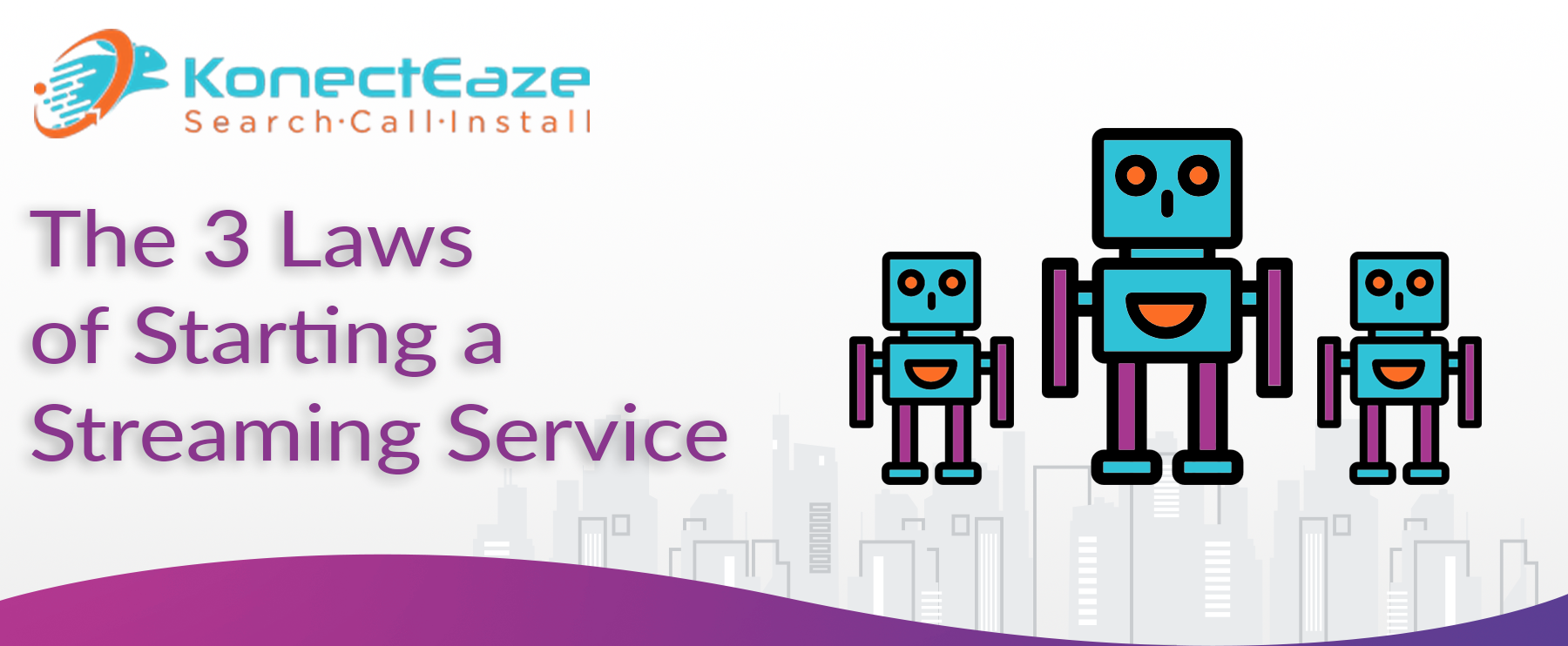Get to Know Windstream
Introduction
Windstream is an internet service provider making significant strides in expanding its reach and improving its services. Known for its diverse offerings, Windstream provides reliable internet solutions across the United States.
Company Overview
Windstream Holdings, Inc. was formed in 2006 through a merger between Alltel's landline business and Valor Communications Group. The company is headquartered in Little Rock, Arkansas, and has grown to serve a wide range of customers with an emphasis on rural and underserved areas.
By the Numbers
Windstream serves 35% of the US, with a presence in 14,854 zip codes. Their offerings include DSL, cable, fiber, and fixed wireless, with top speeds reaching 1 gigabit for fiber, although fiber coverage is only 20% of their areas served. Windstream provides services to both residential and business customers, with tailored packages to meet varying needs.
Service Plans and Pricing
Windstream offers a variety of plans to cater to different user needs:
| Plan Type | Speed Range | Starting Price | Details |
|---|---|---|---|
| DSL Plans | 25 Mbps to 100 Mbps | $19.99/month | Available in most areas, varies by location |
| Fiber Plans | Up to 1 Gbps | $75/month | Limited to areas with fiber infrastructure |
| Fixed Wireless | Up to 50 Mbps | Varies | Ideal for rural areas, depends on location |
Veterans and Military Initiatives
Windstream has been recognized for its commitment to veterans, ranking among the top veteran-friendly companies by US Veteran’s Magazine and receiving a Military Friendly designation from VIQTORY. These accolades highlight Windstream's efforts to support and employ veterans, integrating their skills and experience into the company.
Fixed Wireless Expansion
Windstream is expanding its fixed wireless capabilities, providing reliable internet to rural areas like Poteau, OK. Fixed wireless offers a cost-effective solution with a focus on line-of-sight connectivity, enabling residents in remote areas to access high-speed internet without the need for extensive infrastructure.
OfficeSuite UC
To support small businesses, Windstream developed OfficeSuite UC, a cloud-based communication service that has grown by 20% year-over-year. This service helps businesses streamline their operations and improve efficiency by integrating various communication tools into one platform, including voice, video, messaging, and conferencing.
Future Plans and Innovations
Windstream is committed to continuous improvement and innovation. The company is investing in expanding its fiber network and enhancing its fixed wireless services to reach more underserved areas. Additionally, Windstream is focused on developing new technologies and solutions to meet the evolving needs of its customers.
Conclusion
Windstream’s ongoing expansion and commitment to quality service make it a formidable player in the ISP market. Their focus on innovative solutions and community support sets them apart from larger competitors, ensuring that both urban and rural customers have access to reliable internet services.




